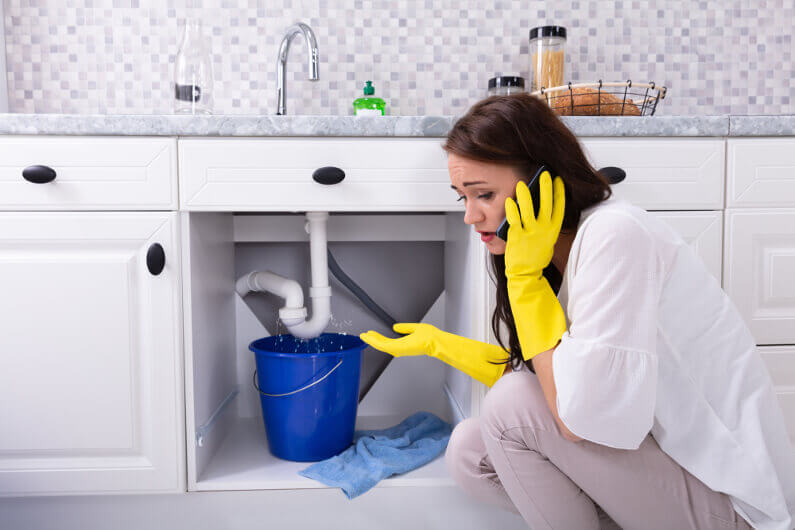A very good hydration means drinking more than a bottle of water a day. It is essential as this habit can even improve the quality of our sleep and no melatonin supplements for sleep are needed then.
While our body requires clean drinking water to stay hydrated and healthy, ‘secondhand’ or grey water can be reused for your home improvement tasks.
What is grey water?
The water you’ve already utilized in your home is called grey or black water; black water refers to sewage water, while grey water is all your other household wastewater that can be successfully re-used in your garden – although care has to be exercised with dishwater, as it contains fats that build up in the soil and affect its ability to absorb water. Grey water is so called because of its cloudy appearance.
Can I spray grey water on all my plants?
Yes, you can. Everything from your lawn to your vegetables will benefit from grey water as it even contains plant nutrients. You can spray grey water on the foliage as well as the roots but – as you would normally – you should carefully wash your vegetables before using them. Grey water should only be avoided in fynbos gardens, as this vegetation prefers poor soils.
Won’t the soap in the water harm my plants?
Surprisingly, good quality soap is good for your garden! Only soaps and soap powders with a high phosphate level should be avoided because while plants need phosphates to grow, too much is bad in the long run. Most new ranges of soap powder and biodegradable soaps will not harm your garden, but avoid introducing bleach and harmful detergents into your grey-water tank.
Did you know?
• On average, a bath uses 120 liters and a shower 80 liters of water.
• An average urban home of 4 people uses 640L of water per day.
• To distribute 1000L of grey water – which you’ve already paid for – from your grey-water tank will cost you only R1 in electricity!
Does it contain harmful bacteria?
Bacteria – good and bad – can be found literally everywhere, even in your grey water, but these can easily be destroyed before use by installing an ultraviolet light in your system (see ‘Advanced grey-water system’). And the sooner you use the water (as in the basic grey-water system), the less the bacteria are able to breed in it; you can also channel the water through a man-made marsh system to ‘clean’ it (see box, opposite). REMEMBER Grey water is never suitable for drinking.
Why does it smell?
Stored in a tank, grey water is anaerobic – or short of oxygen – so it will develop a noxious smell. To prevent this, it can be used immediately (as in a basic greywater system) or you can introduce oxygen into the water with an air pump (as in the advanced system). You can even introduce bacteria that will neutralize the smell of the grey water (in both systems). These bacteria are obtainable from Maskam Water and other water-purification companies; simply flush down a drain leading to the grey-water tank.
Can I use grey water without installing a tank?
Yes, you can. Here are a few suggestions:
• Place a plastic bowl on the floor of your shower to collect grey water and pour it over your plants afterward.
• Scoop out your bath water, instead of allowing it to drain away.
• Wash your dishes in a plastic bowl in the basin; cleaner water that doesn’t contain too many fats can certainly be used in your garden.
• Cut the pipe from your bath and basin before they join the sewage system. Connect them to a pipe at least 40mm in diameter and lead that straight into your flowerbeds.
A good filter will prevent any blockages in your irrigation pipes and sprinklers – but be sure to clean it occasionally.
Previous article A bounty of blooms Next article The right tools for the job

